On This Day...February 27th
The iconic twin body Mustang, ‘Betty Jo' took off from Honolulu on February 27th,1947 and flew almost 5,000 non-stop to New York City in 14 hours and 33 minutes.
Messerschmitt 110 (ZG1) shot down by anti-aircraft fire on 27 February, 1942 in south Mosaysk, Russia. Both crew members, Fw. Ludwig SCHIMDHUBER (pilot) and Ogfr. Robert KISSLER (R/T gunner) died in the impact.
Gunnery Sergeant William G. Walsh, above, lead his men against a fortified hill on February 27, 1945, throwing himself on a hand grenade and sacrificing his life to save the those of his fellow Marines. For this act, he was posthumously awarded the Medal of Honor. This is his citation:
“For conspicuous gallantry and intrepidity at the risk of his life above and beyond the call of duty as Leader of an Assault Platoon, serving with Company G, Third Battalion, Twenty-seventh Marines, Fifth Marine Division, in action against enemy Japanese forces at Iwo Jima, Volcano Islanders ds, on 27 February 1945.
“With the advance of his company toward Hill 362 disrupted by vicious machine-gun fire from a forward position which guarded the approaches to this key enemy stronghold, Gunnery Sergeant Walsh fearlessly charged at the head of his platoon against the Japanese entrenched on the ridge above him, utterly oblivious to the unrelenting fury of hostile automatic weapons and hand grenades employed with fanatic desperation to smash his daring assault. Thrown back by the enemy's savage resistance, he once again led his men in a seemingly impossible attack up the steep, rocky slope, boldly defiant of the annihilating streams of bullets which saturated the area, and despite his own casualty losses and the overwhelming advantage held by the Japanese in superior numbers and dominate position, gained the ridge's top only to be subjected to an intense barrage of hand grenades thrown by the remaining Japanese staging a suicidal last stand on the reverse slope.”
“When one of the grenades fell in the midst of his surviving men, huddled together in a small trench, Gunnery Sergeant Walsh in a final valiant act of complete self-sacrifice, instantly threw himself upon the deadly bomb, absorbing with his own body the full and terrific force of the explosion. Through his extraordinary initiative and inspiring valor in the face of almost certain death, he saved his comrades from injury and possible loss of life and enabled his company to seize and hold this vital enemy position. He gallantly gave his life for his country.”
70th Infantry Division mortar crew of D Company, 276th Infantry Regiment firing for effect during the battle for Forbach, France on February 27, 1945.
In the morning of 27th February, USS Langley (CV-1/AV-3) met with her anti-submarine screen, the USS Whipple (DD-217) and USS Edsall (DD-219), not knowing that the group had earlier been spotted by a Japanese reconnaissance aircraft. 75 mi (121 km) south of Tjilatjap, Java -where the Langley was to deliver 32 P-40 aircraft - the seaplane tender, along with Edsall and Whipple came under attack by sixteen Mitsubishi G4M ‘Betty' bombers escorted by fifteen A6M Reisen fighters.
Rather than attacking en mass, the Betty's attacked in waves, favouring accuracy and tactics. Because they started dropping bombs from medium altitude, Langley was able to alter position as they released their payloads. However, the bombers quickly changed tactics, boxed in the Langley, and hit her with several direct hits.
The topside burst into flames, steering was impaired, and the ship developed a 10° list to port, essentially leaving the Langley dead in the water. At 13:30 the order to abandon ship was passed and the escorts fired nine 4-inch shells and two torpedoes into the carrier's hull to scuttle her.
The desperate luck of the Langley continued after she sank. As told in a previous ‘On This Day...' after being transferred to USS Pecos, many of CV-1's crew were lost when Pecos was sunk en route to Australia. Thirty-one of the thirty-three pilots assigned to the 13th Pursuit Squadron being transported by Langley to Java were then lost with USS Edsall when she was in turn sunk on the same day while responding to the distress calls of Pecos.
Photo above shows USS Langley being abandoned after being damaged by the Japanese bombs, south of Java, 27th February 1942; destroyer Edsall is seen by Langley's port side, men in foreground were of destroyer USS Whipple.
Japanese landing ship No. 149 loading a Type 95 Ha-Go light tank, Nasake Island, Kure, Japan, 27 Feb 1944.
Three A-20B Havoc attack aircraft, probably of 47th Bomb Group, US 12th Air Force, over Tunisia, 27th February 1943.
M26 Pershing #38, nicknamed "Fireball" by the crew, rolled into Elsdorf in 27th February 1945 and while positioned at a roadblock to watch for enemy movement, a German Tiger I tank from a range of 100 yards fired at the American tank on its exposed turret.
The first shot penetrated through the coaxial machine gun port on the turret, the shell killing the gunner and loader in the tank.
The second shot hit the muzzle brake, breaking it apart and discharging the round already in the breach, causing the gun barrel to swell.
The third shot glanced off the top of the turret, but tore off the commander's cupola hatch that was in the open position.
The Tiger was caught up in the rubble, got trapped, and the crew evacuated and made good their escape.
The loader was eventually captured and confirmed the Tiger's kill on "Fireball".
While the Tiger I was immobilized simply by crawling up on a wrong piece of rubble, "Fireball" was sent back to maintenance of the 310th Ordnance Battalion. The shot holes were welded in, the broken parts replaced, and "Fireball" was back into combat service only a week later on March 7th.
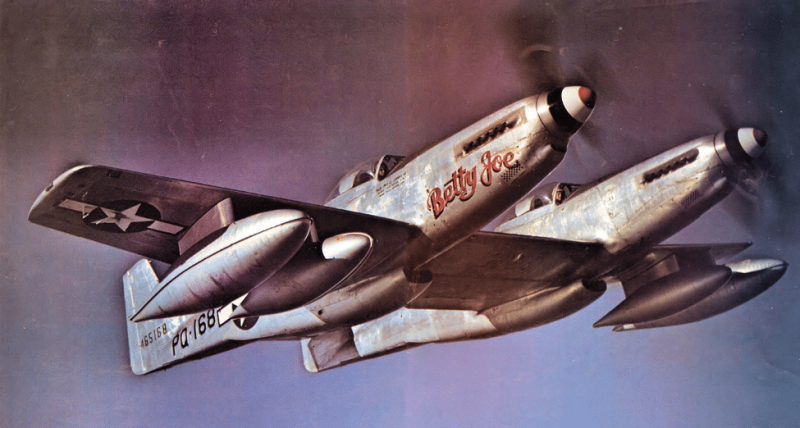
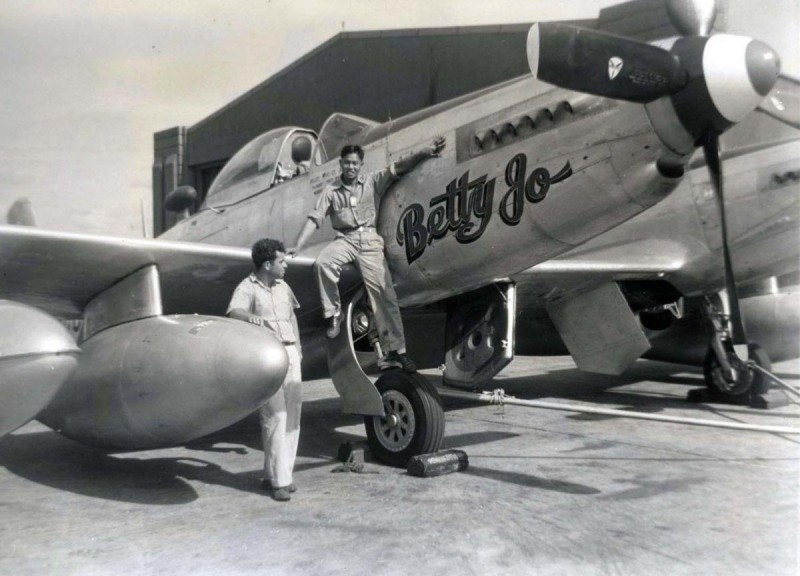


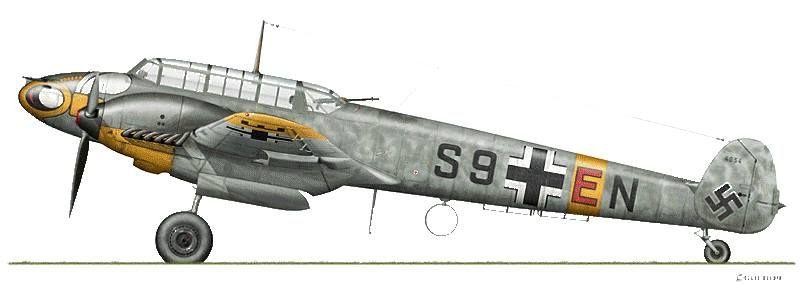

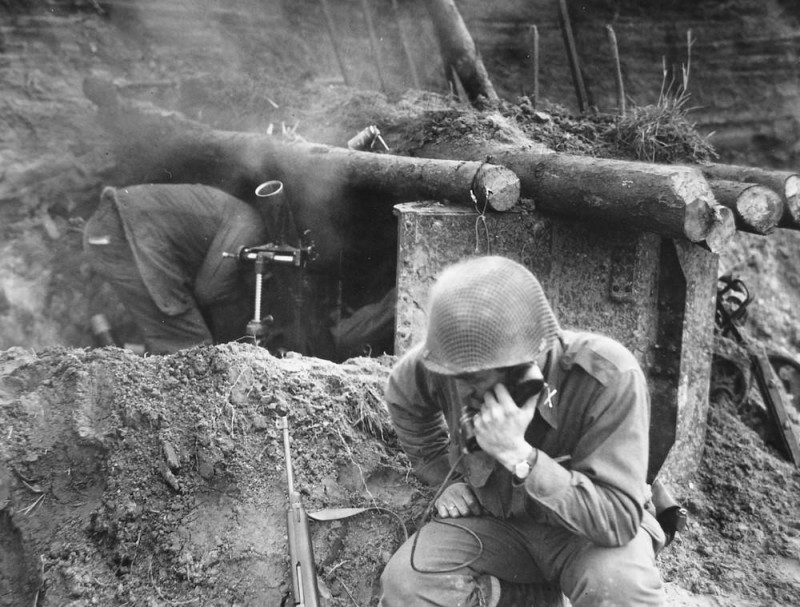
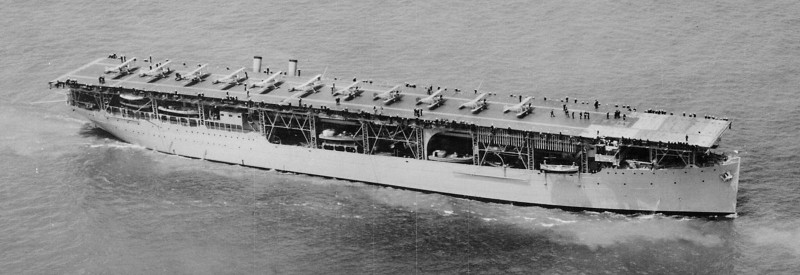
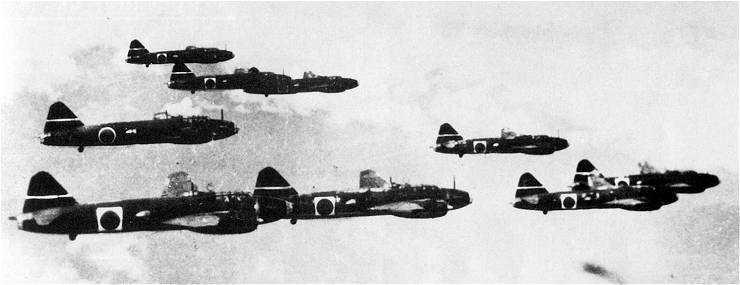
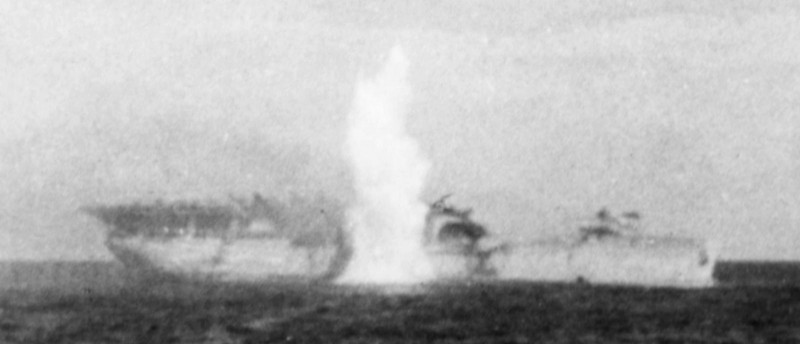



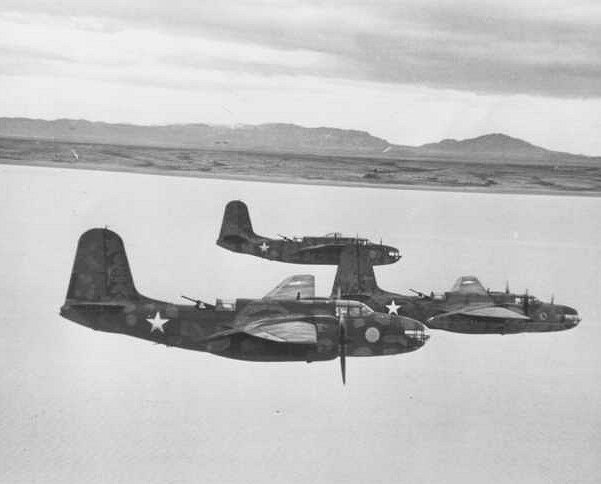


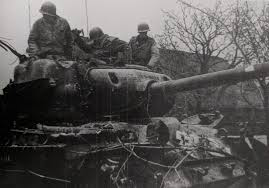
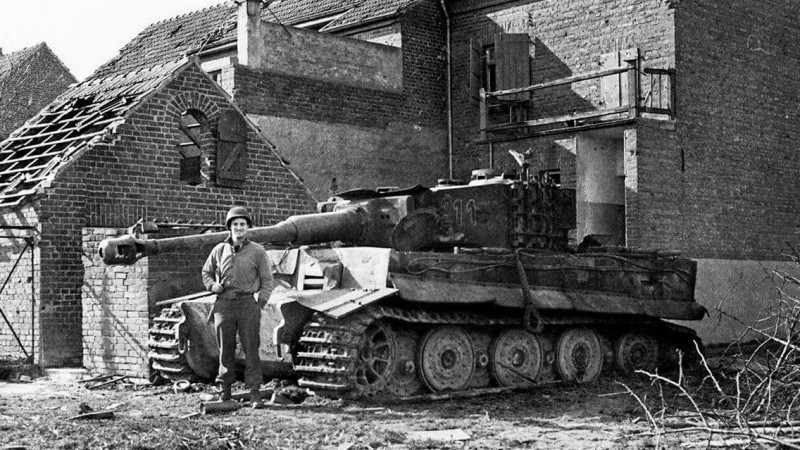
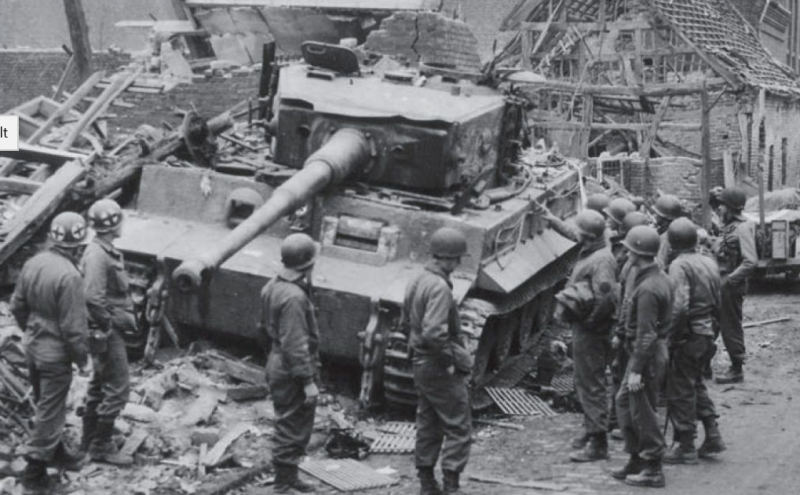
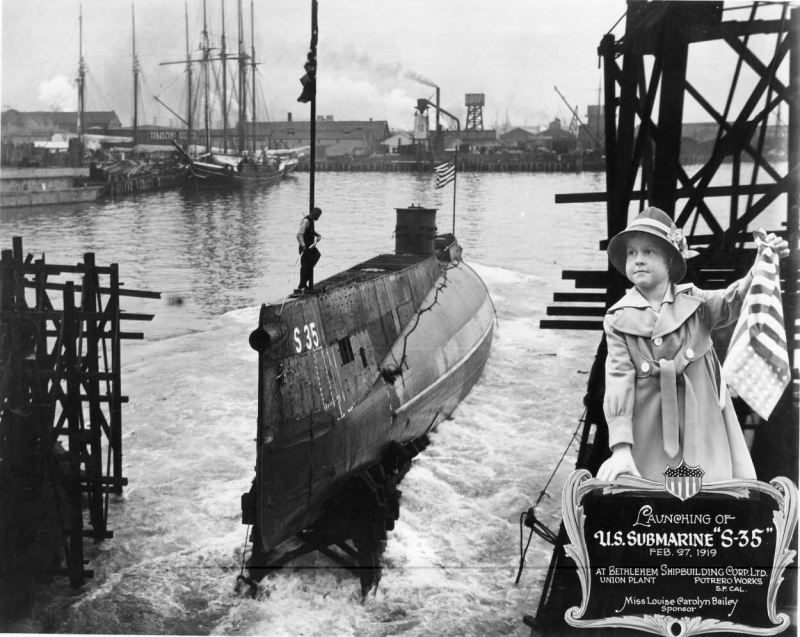
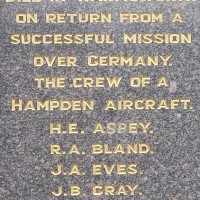
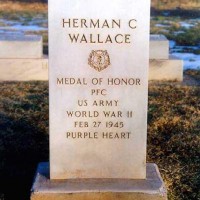

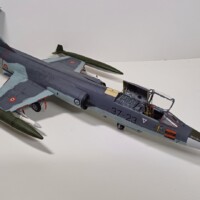

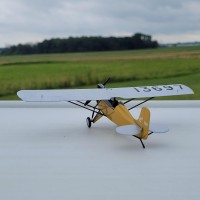
You just gotta love those Havocs...:-)
Knew I’d hook you with those, David!
It's the tear-jerkers that hook me, friend. Man, you know how to lay it on with a trowel. But that series with the Havocs is, to me, one of the most captivating any photographer achieved of the air war. Truly iconic.
These were the very babies involved in a small altercation at Kasserine Pass...
Oh yeah...https://imodeler.com/2018/02/cry-havoc-and-let-slip-the-dogs-of-war-a-20b-havoc-for-kasserine-pass-build-group/
You'd think in all the years of carrier history they'd have named another one for the Langley. I'm just saying..
Robert, I was shocked when I found there was never another Langley. It’s a real shame.
I agree... a legacy was lost in the process. They have had other CV ships that carried on the name, such as the Big E.
But no more Langley.
Here we have a street named after the Langley at our local airport. Many of the streets at the airport are named after carriers, since it was formerly a US Naval Aviation training base during WW2. Many SBD and PV-2 pilots were trained here at Deland during the War.
Here's a mural painted on a wall located downtown... the SBD is almost life size.
Amazing mural!
Another Home run David ! @dirtylittlefokker
I especially liked the story about the Pershing tank "Fireball". I was instantly reminded of the book "Death Traps" by Mr. Cooper that you mentioned a few days ago. ...
Great set as usual. Thanks David.
You are most welcome, Gary. It’s a pleasure to post these.